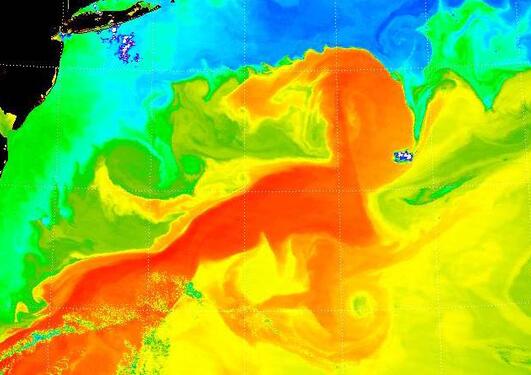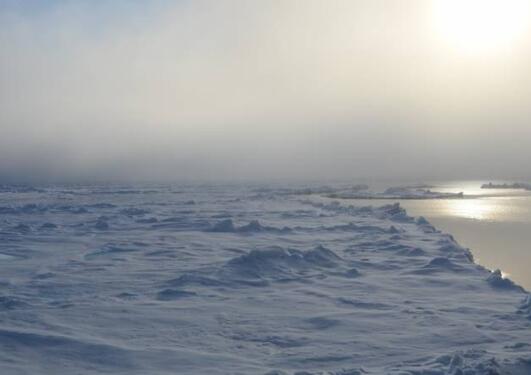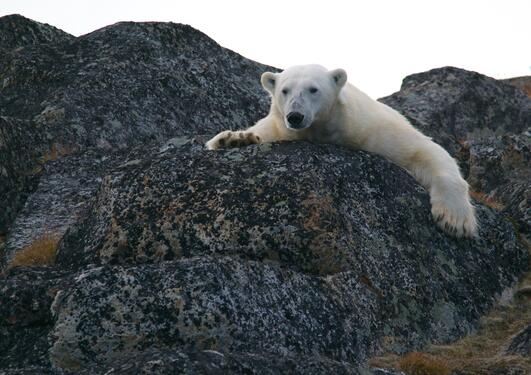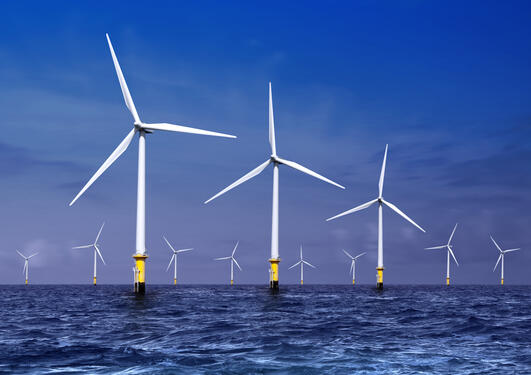News archive for Physical Oceanography
Observations north of Svalbard reveal a pathway of energy transfer from tidal currents to turbulent mixing.
The structure and transport of the slope current at the Lofoten Escarpment are described for the first time using 14-month long mooring records.
Four SDG14 targets are maturing in 2020 and with the University of Bergen's leadership in ocean science and sustainability, the university will take these targets to decision-makers over the course of the upcoming year.
The yearly lecture at the Norwegian Academy of Letters and Sciences.
What are our safe operating spaces for the ocean? This is the starting question for the new EU Horizon 2020 project COMFORT.
The location of the jet stream influences European weather at all times. A new study links its position both to local weather systems and to the far-away Pacific Ocean. Lead author Erica Madonna explains.
How can the academic community make an impact to get vital information on climate change across to decision-makers? By engaging in the type of quiet science advice provided by Benjamin Pfeil and his team at the University of Bergen.
Climate simulation models include more and more processes – not only physical, but also biogeochemical cycles. Can single individuals keep an overview of the major factors governing climate change? Christoph Heinze has led a study that can help you. He presents the new article here.
Allocations from the Academy Agreement between UiB and Equinor were announced on 28.06.2019. Four research projects on offshore wind received funding. In addition BOW was allocated funding for two Associate Professor II positions.
The Gulfstream makes northern Europe warmer by transporting heat. This is well known. New research shows that the sea surface temperature also affects storm tracks as far away as the Pacific.
A newly published study in Nature Communications shows an important new understanding of the climate system that will allow us to better understand past climate variability. The results were uncovered by expeditions between the North Pole and Antarctica.
Did you know that the El Niño Southern Oscillation is a phenomenon involving two-way interactions among the tropical basins? Noel Keenlyside writes about a recent study he has contributed to.
The living conditions for marine microorganisms in the Southern Ocean may dramatically worsen by the end of the century. More acidic water can make their territories shallower.
Since 1971 Svalbard has experienced a winter warming of 7°C. This has caused major changes, and there is an urgent need to plan for the future, states the new “Climate in Svalbard 2100” report.
Carbon composition is a combined signal of ocean circulation and local biological and chemical processes, a new study shows, drawing special attention to the Southern Ocean.
What caused abrupt climate swings known as the Dansgaard-Oeschger events of the last ice age?
Climate-Ocean research and tipping points are common denominators in three new EU funded research projects at the Bjerknes Centre. Christoph Heinze, Noel Keenlyside and Svein Østerhus together with Petra Langebroek received a nice pre-Christmas present, as EU gave their thumbs up for the three new projects.
Climate researcher Tore Furevik suggests that Norway should think big. Offshore wind can turn the country into a zero-emission society, as well as creating a major boost for the economy.
Pages
- August 2020 (2)
- January 2020 (1)
- November 2019 (1)
- October 2019 (2)
- August 2019 (1)
- July 2019 (1)
- June 2019 (1)
- May 2019 (1)
- April 2019 (1)
- March 2019 (2)
- February 2019 (1)
- January 2019 (2)
- December 2018 (2)
- November 2018 (1)
- October 2018 (1)
- September 2018 (2)
- August 2018 (1)
- July 2018 (1)
- April 2018 (1)
- March 2018 (1)
- February 2018 (1)
- January 2018 (1)
- October 2017 (2)
- June 2017 (3)
- April 2017 (1)
- March 2017 (1)
- December 2016 (2)
- November 2016 (1)
- May 2016 (2)
- November 2015 (1)
- October 2014 (1)
- June 2014 (1)
- December 2013 (1)
- October 2013 (1)
- September 2012 (1)

















